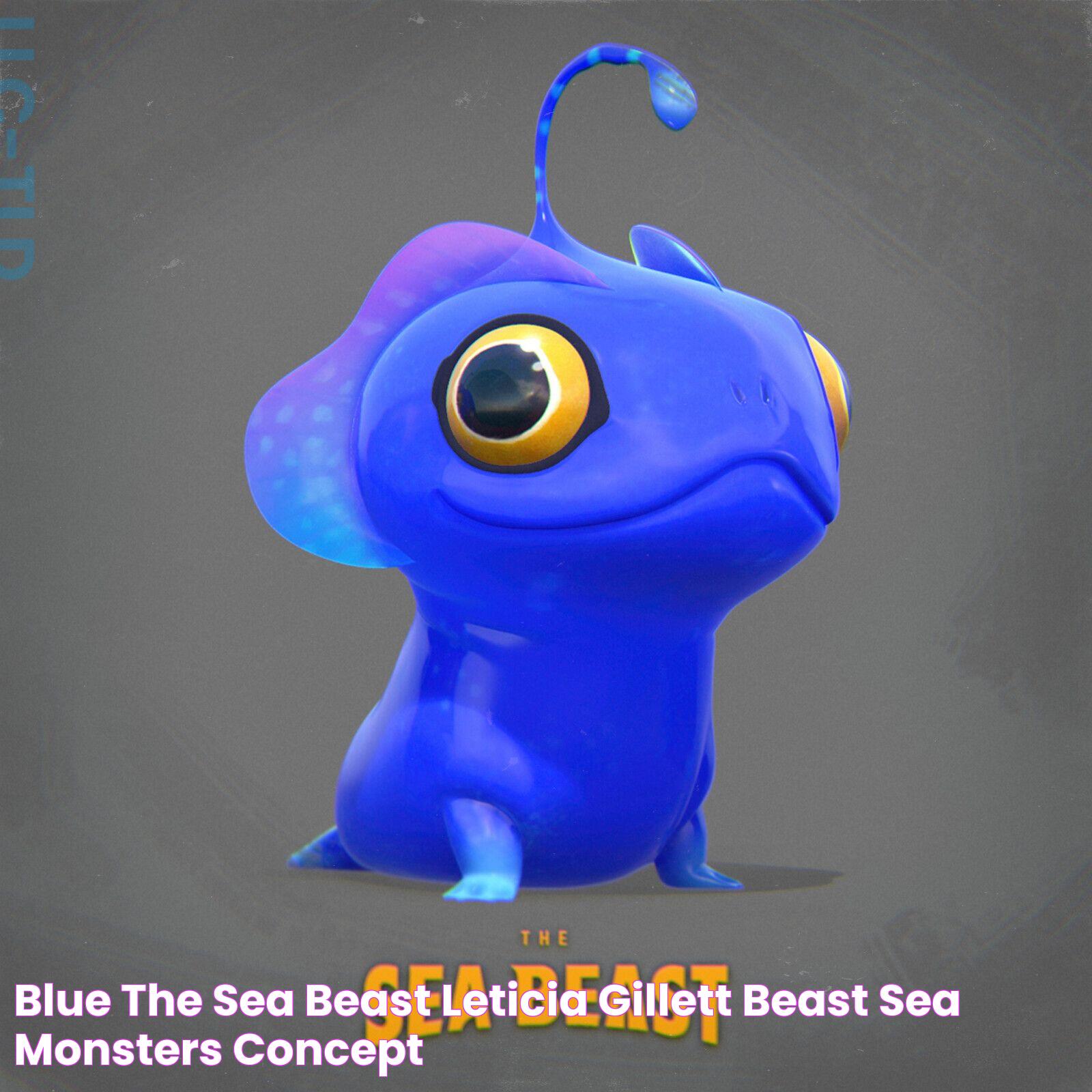The color blue has long been associated with mystery, depth, and tranquility. It is a color that evokes a sense of calmness yet holds an air of enigma. When it comes to characters in popular culture, the color blue often symbolizes wisdom, stability, and depth of character. One such character that embodies these traits is the Beast from Disney's "Beauty and the Beast." But have you ever wondered why the Beast is blue? This article delves into the fascinating reasons behind the choice of this iconic color for such a beloved character. We will explore the historical, cultural, and psychological implications of the color blue and how they relate to the Beast’s character.
In the realm of animation, colors are more than just aesthetic choices; they are integral to storytelling. The color blue for the Beast was not just a random selection but a well-thought-out decision that aligns with the character's personality and narrative arc. From a psychological standpoint, blue is often associated with intelligence, trust, and serenity, qualities that reflect the Beast's complex character. As we explore the symbolism behind the Beast's blue hue, we will gain a deeper understanding of how color influences our perception of characters and stories.
Throughout this article, we will uncover the layers of meaning behind the Beast's blue coloration. We will examine the role of blue in art and media, delve into the historical significance of the color, and consider the cultural connotations that make blue a fitting choice for the Beast. Join us as we explore the artistry and intention behind the color that defines one of Disney's most memorable characters.
Read also:The Enduring Impact Of Eazy E The Legacy That Lasted
Table of Contents
- Biography of the Beast
- The Symbolism of Color in Animation
- Historical Significance of the Color Blue
- Cultural Connotations of Blue
- Psychological Implications of Blue
- Blue in Art and Media
- How Does Color Influence Character Perception?
- The Evolution of the Beast Character
- Behind the Scenes Choices
- Is There a Scientific Reason for the Beast's Color?
- What Does Blue Say About Beast's Personality?
- Blue as a Symbol of Redemption
- The Impact of the Beast's Color on Audience
- Beyond Disney: Other Blue Characters
- Frequently Asked Questions
- Conclusion
Biography of the Beast
The Beast, originally a human prince, is a pivotal character in Disney's animated classic "Beauty and the Beast." Cursed by an enchantress due to his arrogance, the prince is transformed into a monstrous beast, with the spell only to be broken if he can learn to love and earn love in return. This transformative journey from a proud prince to a compassionate creature is at the heart of the story.
| Detail | Information |
|---|---|
| Name | The Beast (formerly Prince Adam) |
| First Appearance | Beauty and the Beast (1991) |
| Creator | Walt Disney Animation Studios |
| Portrayed By | Robby Benson (voice) |
| Character Traits | Intelligent, compassionate, remorseful, loving |
The Symbolism of Color in Animation
In animation, colors play a crucial role in conveying emotions, themes, and personalities. Animators carefully select colors to reflect the essence of characters and to help audiences connect with them on a deeper level. The choice of blue for the Beast is no exception. Blue is often used to represent calmness, wisdom, and depth, which align with the Beast's character arc. As the story progresses, the Beast evolves from a creature driven by anger and despair to one who embodies love and redemption, with the color blue subtly reinforcing these traits.
Historical Significance of the Color Blue
The color blue has a rich history dating back to ancient civilizations. Traditionally associated with the divine and the infinite, blue has been revered in various cultures for its connection to the sky and the sea. In ancient Egypt, blue was regarded as a sacred color representing the heavens and was often used in the adornment of pharaohs and deities. In the Middle Ages, blue became a symbol of purity and fidelity, often used in religious art to depict the Virgin Mary.
Cultural Connotations of Blue
Cultural meanings of colors can vary significantly across different societies. In Western cultures, blue is often associated with trust, loyalty, and tranquility. It is a color that communicates stability and reliability, which may be why it is frequently used by organizations and brands to convey professionalism. In other cultures, blue can represent different things; for example, in Eastern traditions, it may symbolize immortality or spiritual awakening.
Psychological Implications of Blue
From a psychological perspective, blue is known to have a calming effect on the human psyche. It is a color that can reduce stress and create a sense of peace and security. This soothing quality of blue makes it an ideal choice for the Beast, who, despite his fierce exterior, possesses a gentle and kind heart. The color blue serves to highlight the Beast's inner journey towards redemption and love, making it a powerful tool in storytelling.
Blue in Art and Media
Throughout art and media, blue has been used to symbolize various themes and emotions. Artists like Pablo Picasso during his Blue Period utilized the color to express melancholy and introspection. In modern media, blue is often employed to depict characters with wisdom, depth, or a mysterious aura. Whether in film, literature, or visual art, the use of blue can add layers of meaning and complexity to a character or scene.
Read also:Exclusive Mansion Music A Symphony Of Luxury And Sound
How Does Color Influence Character Perception?
Colors have a profound impact on how audiences perceive characters. They can evoke specific emotions, set the tone of a scene, and influence the audience's connection to the story. For the Beast, the color blue not only enhances his formidable presence but also softens it, inviting viewers to look beyond his exterior to the character's true nature. By using blue, animators are able to convey the Beast's transformation from a creature of fear to a figure of empathy and understanding.
The Evolution of the Beast Character
Over the years, the character of the Beast has undergone various interpretations and adaptations. In each retelling, the core elements of his narrative remain consistent: a journey from darkness to light, from isolation to connection. The choice of blue as a defining color helps to underscore these themes, providing a visual continuity that resonates with audiences across different versions of the story.
Behind the Scenes Choices
The decision to make the Beast blue was a collaborative effort between artists, animators, and storytellers at Disney. They understood the importance of color in character design and sought to create a palette that would reflect the Beast's complexity. By choosing blue, they were able to capture the duality of the Beast's nature—ferocious yet tender, cursed yet hopeful.
Is There a Scientific Reason for the Beast's Color?
While the choice of blue for the Beast is primarily artistic, there are scientific reasons why this color works so effectively. Blue is a color that naturally draws the eye and evokes emotion. It is a color found abundantly in nature, from the sky to the ocean, which may subconsciously evoke feelings of expansiveness and freedom. These qualities are mirrored in the Beast's narrative, as he seeks to break free from his curse and find true love.
What Does Blue Say About Beast's Personality?
The color blue speaks volumes about the Beast's personality. It suggests wisdom, introspection, and a capacity for change—all crucial elements of his journey. As the story unfolds, the blue hue serves as a constant reminder of the Beast's inner depth and potential for redemption. This choice of color helps to reinforce the narrative of transformation and hope that lies at the heart of "Beauty and the Beast."
Blue as a Symbol of Redemption
Redemption is a central theme in the Beast's story, and the color blue effectively symbolizes this concept. As the Beast learns to love and be loved, his blue color represents the gradual shedding of his old self and the emergence of a more compassionate being. Blue becomes a visual metaphor for the healing and growth that the Beast undergoes, making it an integral part of his character development.
The Impact of the Beast's Color on Audience
The choice of blue for the Beast has a significant impact on audiences. It helps to humanize a character that might otherwise be seen as purely monstrous. By using a color associated with tranquility and depth, viewers are encouraged to look beyond the Beast's appearance and connect with his emotional journey. This connection is crucial in fostering empathy and understanding, key elements in the success of the story.
Beyond Disney: Other Blue Characters
Disney's Beast is not the only character in popular culture to be defined by the color blue. Many other characters, such as the Smurfs, Dr. Manhattan from "Watchmen," and Sonic the Hedgehog, also incorporate the color blue into their designs. Each of these characters uses blue in unique ways to convey specific traits or themes, demonstrating the versatility and power of this color in storytelling.
Frequently Asked Questions
- Why is the Beast's color blue significant?
The color blue is significant as it symbolizes wisdom, calmness, and redemption, which align with the Beast's character arc.
- How does blue influence the audience's perception of the Beast?
Blue helps humanize the Beast, encouraging audiences to look beyond his monstrous appearance and connect with his emotional journey.
- Are there other characters in media that use blue similarly?
Yes, characters like the Smurfs and Dr. Manhattan also use blue to convey specific traits or themes.
- Is there a psychological reason for the Beast being blue?
Pyschologically, blue is calming and associated with trust and wisdom, enhancing the Beast's complex character.
- What cultural meanings does blue have?
In Western cultures, blue often represents trust and loyalty, while in other cultures it may symbolize immortality or spirituality.
- Can the color blue affect emotions?
Yes, blue can create a sense of peace and security, making it a powerful tool in storytelling.
Conclusion
The choice of blue for Disney's Beast is a masterful example of how color can be used to enhance storytelling. By understanding the historical, cultural, and psychological significance of the color blue, we gain a deeper appreciation for its role in defining the Beast's character. As audiences, we are drawn into the Beast's journey of transformation and redemption, guided by the calming and profound presence of the color blue. This iconic color choice not only enriches the narrative but also resonates with viewers, making the Beast a timeless and beloved character.

